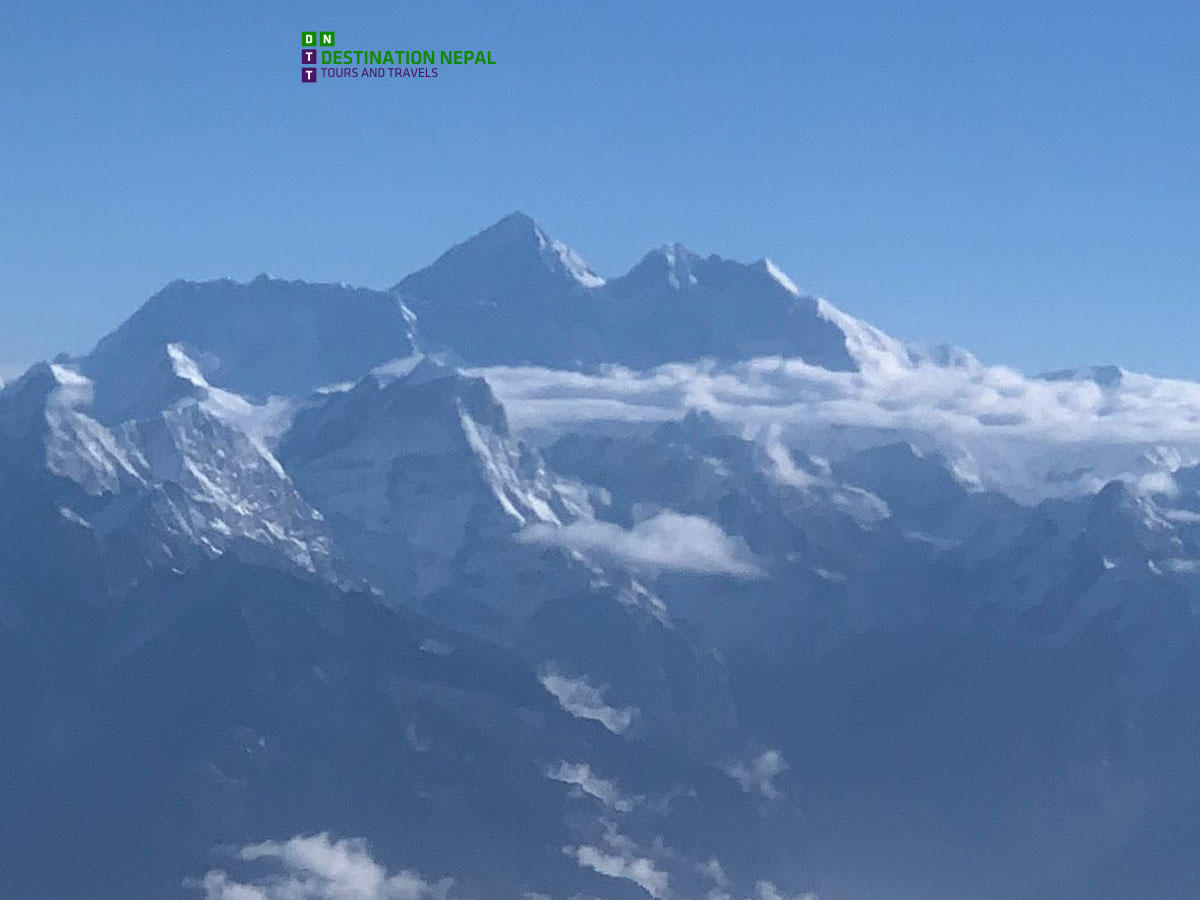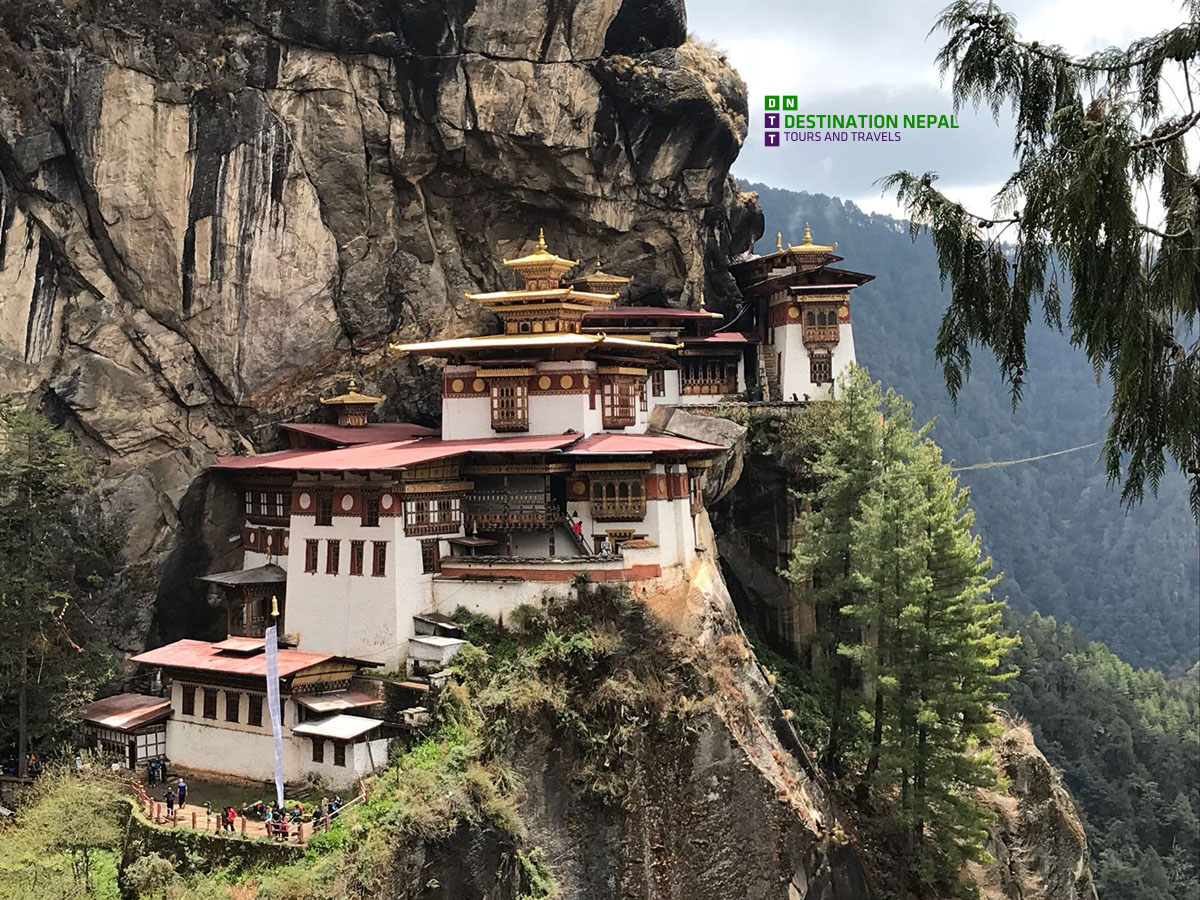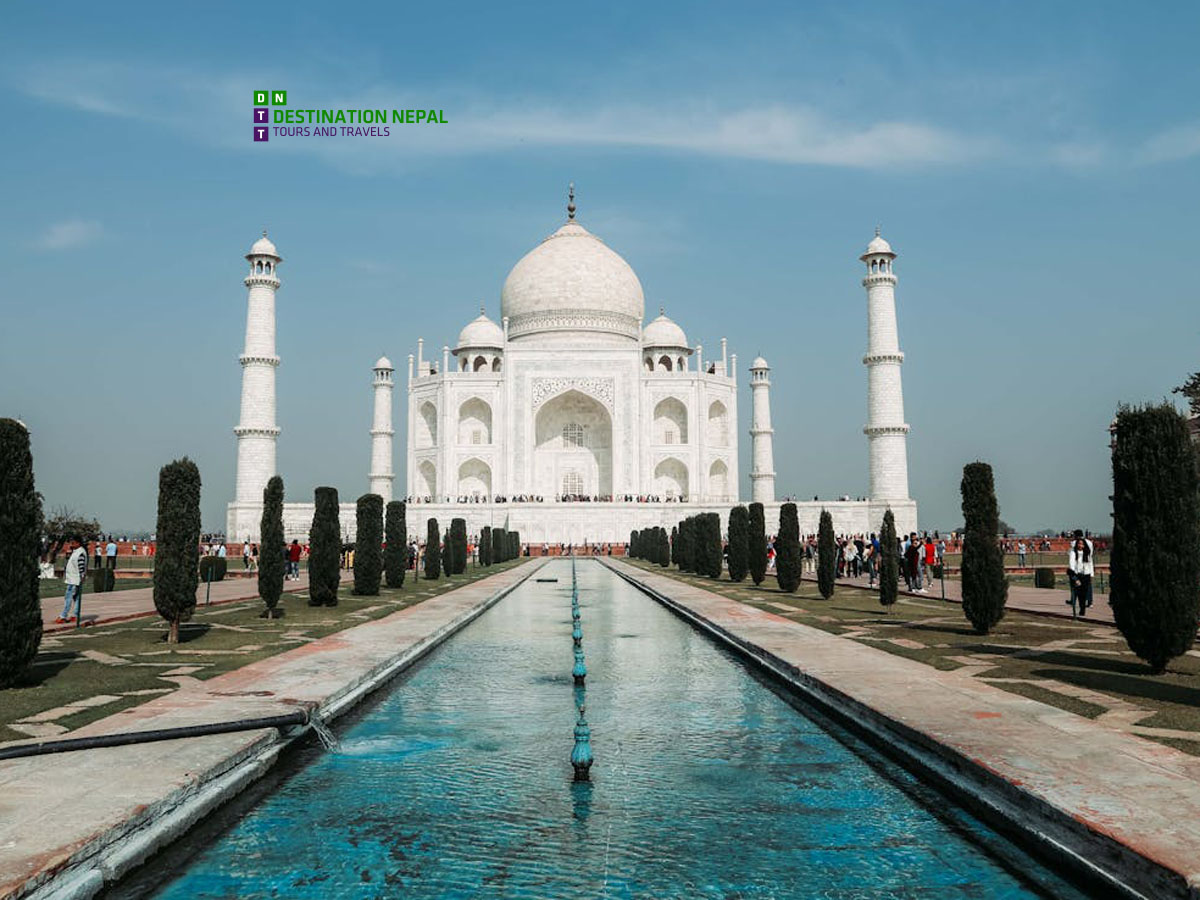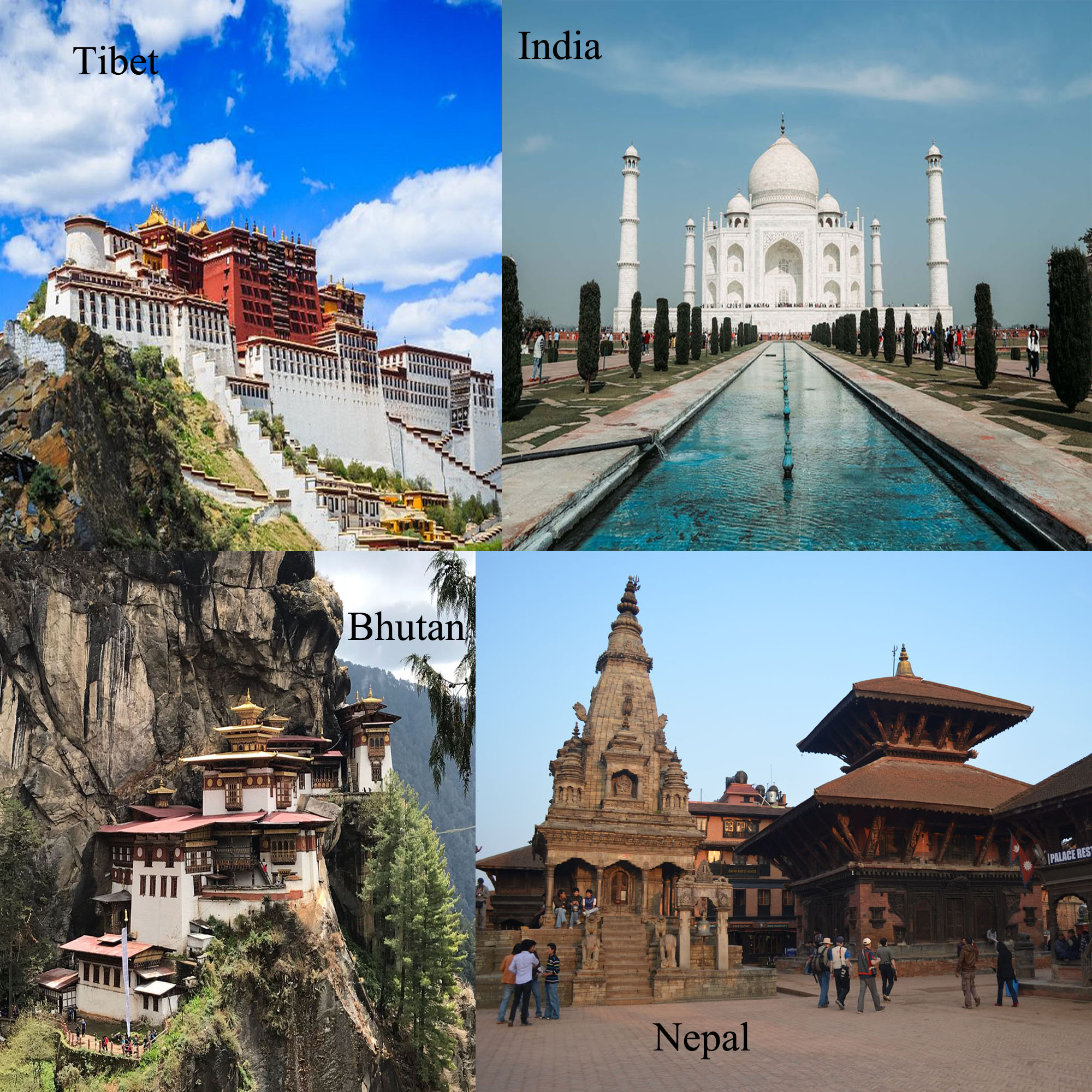Places to visit in Gandaki Province
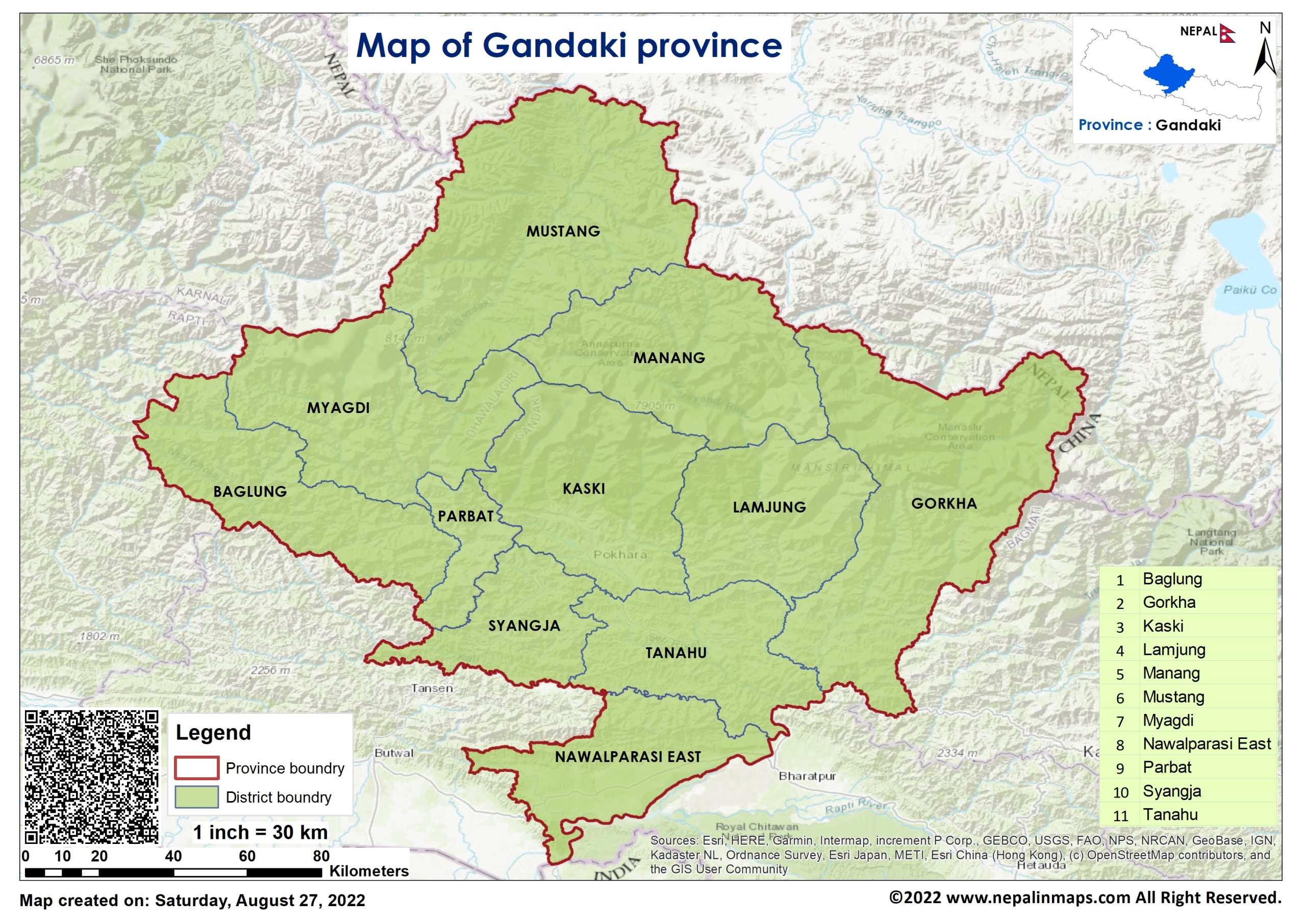
Gandaki Province
Gandaki Province is one of the seven provinces of Nepal, located in the central part of the country. The province is named after the Gandaki River, one of the major rivers in Nepal that flows through the province. The capital city of Gandaki Province is Pokhara, which is also the second-largest city in Nepal after Kathmandu.
Gandaki Province is known for its diverse geography, which includes the high Himalayas, the fertile river valleys, and the subtropical forests. The Annapurna mountain range, which includes some of the highest peaks in the world, is located in Gandaki Province. The region is also home to several national parks and conservation areas, including Annapurna Conservation Area, Manaslu Conservation Area, and Chitwan National Park.
The population of Gandaki Province is around 2.4 million, and the province is home to several ethnic groups, including the Gurung, Magar, Thakali, and Tamang people. The province is also known for its rich cultural heritage, which includes traditional music, dance, and festivals.
Economically, Gandaki Province is a major contributor to Nepal's tourism industry, as it attracts a large number of visitors every year. The region is also known for its agriculture, with crops like rice, maize, wheat, and millet being grown in the river valleys. The province also has a growing manufacturing industry, with factories producing textiles, handicrafts, and pharmaceuticals.
Places to visit in Kaski:
1. Pokhara
Pokhara is a stunning city in western Nepal, known for its breathtaking views of the Himalayas, serene lakes, and lush green valleys. The city is surrounded by majestic mountains, including the iconic Machapuchare (Fishtail) peak. Pokhara is a popular tourist destination, offering a range of activities, including boating, trekking, and paragliding, amidst its natural beauty and tranquility.
2.
Places to visit in Mustang:
1. Upper Mustang
Upper Mustang is home to the ancient walled city of Lo Manthang, a UNESCO World Heritage Site, and the stunning Chhoser Cave, a ancient cliff-side cave with remarkable historical and cultural significance. This restricted region offers breathtaking landscapes, Tibetan Buddhist monasteries, and unique cultural experiences, making it a must-visit destination for Nepal trekking and adventure seekers.
-
Lo Manthang
Lo Manthang, the walled capital of the former Mustang Kingdom, is known for its well-preserved Tibetan culture, traditional mud-brick houses, and ancient monasteries. The town is home to the 15th-century Jampa Lhakhang (God House), Thubchen Monastery, and Chode Monastery, making it a center for Tibetan Buddhism.
-
Chhoser Cave Dwellings
Near Lo Manthang, the Chhoser Cave dwellings are ancient human-made caves built into cliffs, believed to be thousands of years old. These caves were used as homes, meditation retreats, and hiding places during conflicts, offering a glimpse into the region's prehistoric past.
-
Ghar Gompa
One of the oldest monasteries in Upper Mustang, Ghar Gompa dates back to the 8th century and is associated with Guru Rinpoche. It is believed that those who make a wish here will see it fulfilled, making it a spiritually significant destination.
-
Dhakmar
Dhakmar is a striking village famous for its red cliffs, which are said to have been stained with the blood of a demon defeated by Guru Rinpoche. The village is also home to ancient caves and offers stunning views of the Mustang landscape.
-
Tsarang (Charang)
Tsarang, the second-largest settlement in Upper Mustang, is known for the Tsarang Monastery (Tsarang Dzong) and its collection of ancient scriptures and religious murals. The village, surrounded by dramatic cliffs and prayer wheels, was once an important royal and spiritual center.
-
Yara and Luri Gompa
The village of Yara is known for its unique mud cliffs and the Luri Gompa, a 13th-century cave monastery with beautifully preserved Buddhist murals. The monastery is built inside a rock formation and offers breathtaking views of the arid Mustang landscape.
-
Tangbe Village
Tangbe is a charming village with whitewashed houses, narrow alleyways, and lush apple orchards. The village, located between Kagbeni and Lo Manthang, offers a glimpse of traditional Mustang life and is known for its chortens (stupas) and prayer flags.
-
Chhusang
Chhusang is a picturesque village surrounded by red rock formations and caves. It is a great place to explore ancient cave dwellings and traditional Mustang culture before heading deeper into Upper Mustang.
Lower Mustang offers stunning destinations like Muktinath Temple, a sacred pilgrimage site, and Kagbeni Village, a traditional Tibetan-style village with ancient monasteries. The region also features breathtaking landscapes, including the Kali Gandaki River and the majestic Dhaulagiri and Annapurna mountain ranges.
-
Jomsom
Jomsom is the administrative and commercial hub of Lower Mustang, known for its strong winds and breathtaking views of the Nilgiri and Dhaulagiri mountains. It serves as the main gateway to Mustang and features an airport that connects the region with Pokhara.
-
Kagbeni
Kagbeni is a picturesque village at the confluence of the Kaligandaki and Jhong rivers, acting as the entry point to Upper Mustang. Its medieval-style houses, ancient monasteries, and the sacred Kag Chode Monastery make it a significant cultural and religious site.
-
Marpha
Famous for its apple orchards and traditional Thakali culture, Marpha is a charming village with whitewashed houses and narrow stone-paved alleys. Visitors can enjoy locally made apple brandy and explore the ancient Tashi Lhakhang Gompa monastery.
-
Muktinath Temple
One of the most sacred pilgrimage sites for Hindus and Buddhists, Muktinath Temple is located at 3,800 meters. It is known for its 108 water spouts, eternal flame (Jwala Mai), and panoramic views of the Annapurna and Dhaulagiri ranges.
-
Lubra Village
Lubra is one of the last remaining Bon villages in Nepal, preserving the ancient pre-Buddhist Bon religion. This off-the-beaten-path village offers a unique cultural experience with its Bonpo monastery and stunning landscapes.
-
Tukuche
Tukuche is an old Thakali settlement that was once a major trade center along the ancient salt route between Tibet and Nepal. The village is known for its historic monasteries, traditional Thakali houses, and the famous Tukuche Distillery, where visitors can try local brandy.
-
Dhumba Lake
Dhumba Lake is a stunning turquoise alpine lake located near Jomsom, offering breathtaking reflections of the surrounding peaks. Considered a sacred site, it is an excellent short hiking destination with peaceful surroundings.
-
Kaligandaki Gorge
One of the world’s deepest gorges, the Kaligandaki Gorge is carved by the mighty Kaligandaki River between the Dhaulagiri and Annapurna ranges. The area is famous for its sacred ammonite fossils (Shaligrams) and dramatic landscapes.
-
Syang Village
Syang is a hidden gem in Lower Mustang, known for its traditional Thakali culture and scenic beauty. The village offers spectacular views of Nilgiri and Dhaulagiri, making it an ideal spot for photography and cultural exploration.
Places to visit in Tanahun:
1. Bandipur
Nestled in the hills of Nepal, Bandipur is a beautifully preserved Newari town offering stunning views of the Himalayas. Known for its traditional architecture, Bandipur is a cultural gem that provides a glimpse into Nepal's rich history, making it a must-visit destination for cultural enthusiasts and nature lovers alike.
2. Dhorbarahi temple
Dhorbarahi Temple in Tanahun is a popular religious site dedicated to Goddess Barahi, offering a peaceful and spiritual atmosphere. This historic temple, nestled in the scenic landscapes of Tanahun district, draws pilgrims and travelers interested in Nepalese culture and Hindu temples. Visit Dhorbarahi Temple to explore its divine significance and breathtaking views of the surrounding mountains.
Places to visit in Baglung:
Dhorpatan Hunting Reserve, located in the Himalayan region of Nepal, is the country's only designated hunting reserve. Famous for its diverse wildlife, including the blue sheep, musk deer, and Himalayan tahr, Dhorpatan offers adventure seekers a unique opportunity for hunting tours and trekking in Nepal. It’s a popular destination for those interested in exploring Nepal's natural beauty and wildlife conservation.
Places to visit in Gorkha:
Manakamana Temple, located in Gorkha, is one of the most revered Hindu pilgrimage sites in Nepal, dedicated to Goddess Manakamana. Known for its stunning Himalayan views and accessible via a scenic cable car ride, this temple attracts both devotees and tourists exploring Nepalese culture and spirituality. A visit to Manakamana Temple offers a unique spiritual experience and breathtaking landscapes.
We will update more soon !
